A Rimini contemporary art museum celebrates local history through culture
A new Italian contemporary art museum, the Palazzi dell’Arte Rimini, is the visionary transformation of two medieval buildings into a welcome cultural hotspot, courtesy of the city council, a local sense of civic responsibility and Milan based architect Luca Cipelletti
Henrik Blomqvist - Photography
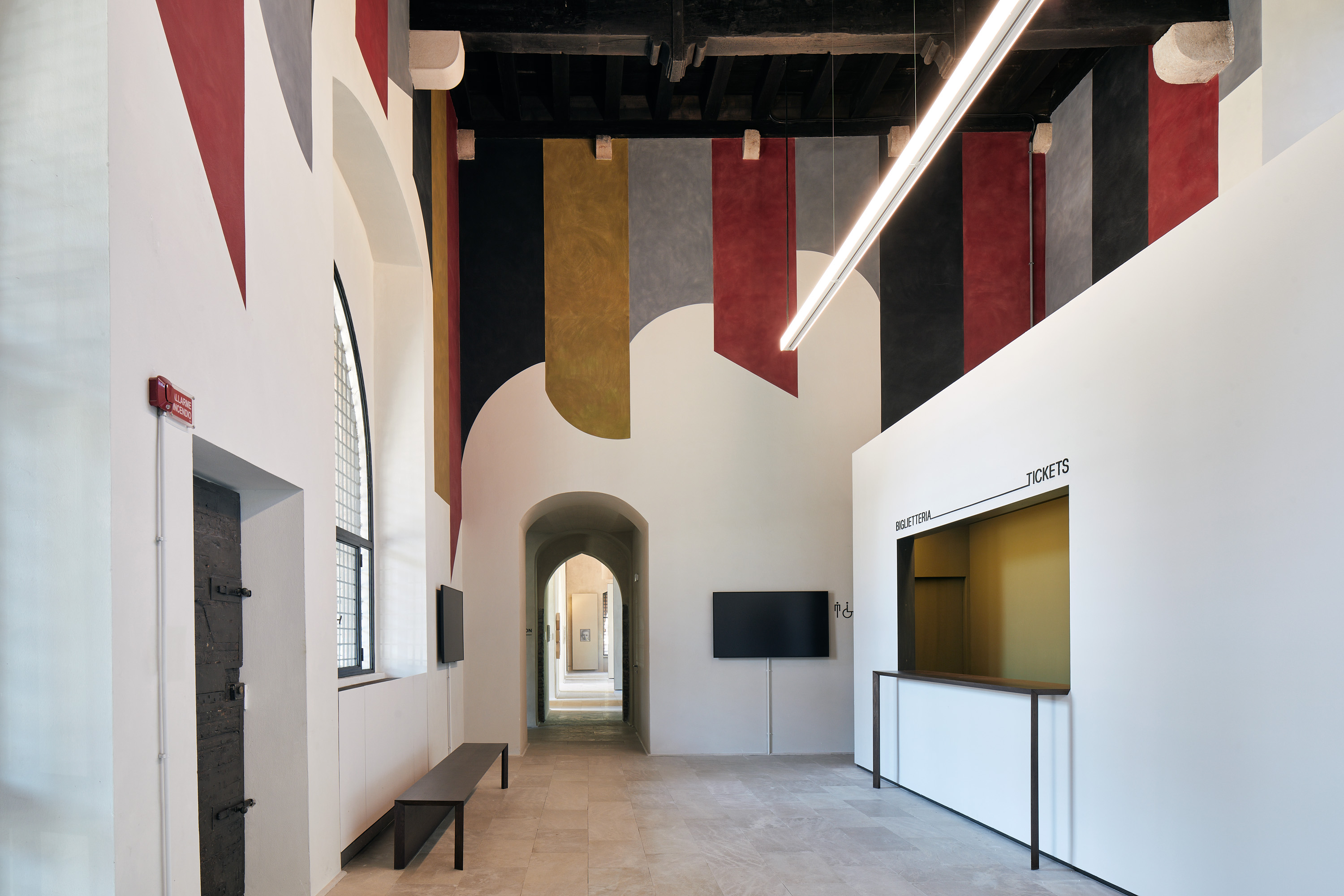
Rimini is about to bear the cultural fruit of a productive combination of public policy, a local sense of civic responsibility and a strong architectural vision. This mini-metropolis on Italy’s Riviera Romagnola, known as the country’s party capital and the home town of Federico Fellini, is opening the doors to a new contemporary art museum. PART, or Palazzi dell’Arte Rimini, is an adaptation and renovation project by Milan based architect Luca Cipelletti. It is housed in two medieval buildings in the city’s main square - the 13th Century Palazzo dell’Arengo and the 14th Century Palazzo del Podestà.
The project has a remarkable grassroots origin story. The hills surrounding Rimini have been home to some of Europe’s most legendary discos, but also to the San Patrignano Community – a dedicated, hard-working, drug rehabilitation centre operating since 1978 for men and women. This community later established itself as a foundation. Thanks to its efforts and to charitable donations of numerous works of contemporary art over the years, it has built up an eclectic and ambitious collection.
According to a new endowment model for Italy, artworks donated to a foundation that cannot be loaned for long periods, need instead to be made accessible to the public. This provided the City of Rimini with the opportunity to create itself a new art museum.

The restoration of the two historic buildings was only part of Cipelletti’s task. He also had to completely rethink the rooms as spaces for art, for example, ensuring there are extra surfaces for exhibition space and hanging. ‘My aim was to enhance the impressive medieval volumes, but avoid reconstructing new elements in the historical style,' he says. ‘I wanted to bring out the precious original elements, such as the materials, the Palladian wooden trusses, the large polifora windows. The interventions of technical modernisation, the paint colours on the surfaces, the flooring and the fixtures all express a balance between a contemporary aesthetic language and its historic counterpart.'
The art museum, including the ticket office and café, occupies two levels. Spatial fexibility, which allows the architecture to transform into any interior needed for each show, was key. Cipelletti, inspired from Italian masters such as BBPR, Carlo Scarpa and Franco Albini, designed the space so that the galleries place the art at centre stage. Yet it also offers the visitor visual rhythm, as well as opportunities to pause and reflect.
New, freestanding walls create additional wallspace for displays, navigating the structures' large windows. There are newly installed, near-invisible, bronze window frames; flooring and bespoke furniture in durmast oak; and plinths in stone from San Marino. The last is the same material that was used in medieval times but, seeing as it can no longer be quarried, it was recovered from an old warehouse and reused.
Attention to detail and material use, both original and contemporary, a sense of perspective and a ‘less is more' attitude guided the architect’s hand through the development of all interiors. The project is completed by a lighting concept by designer Alberto Pasetti Bombardella and a site-specific piece by artist David Tremlett.

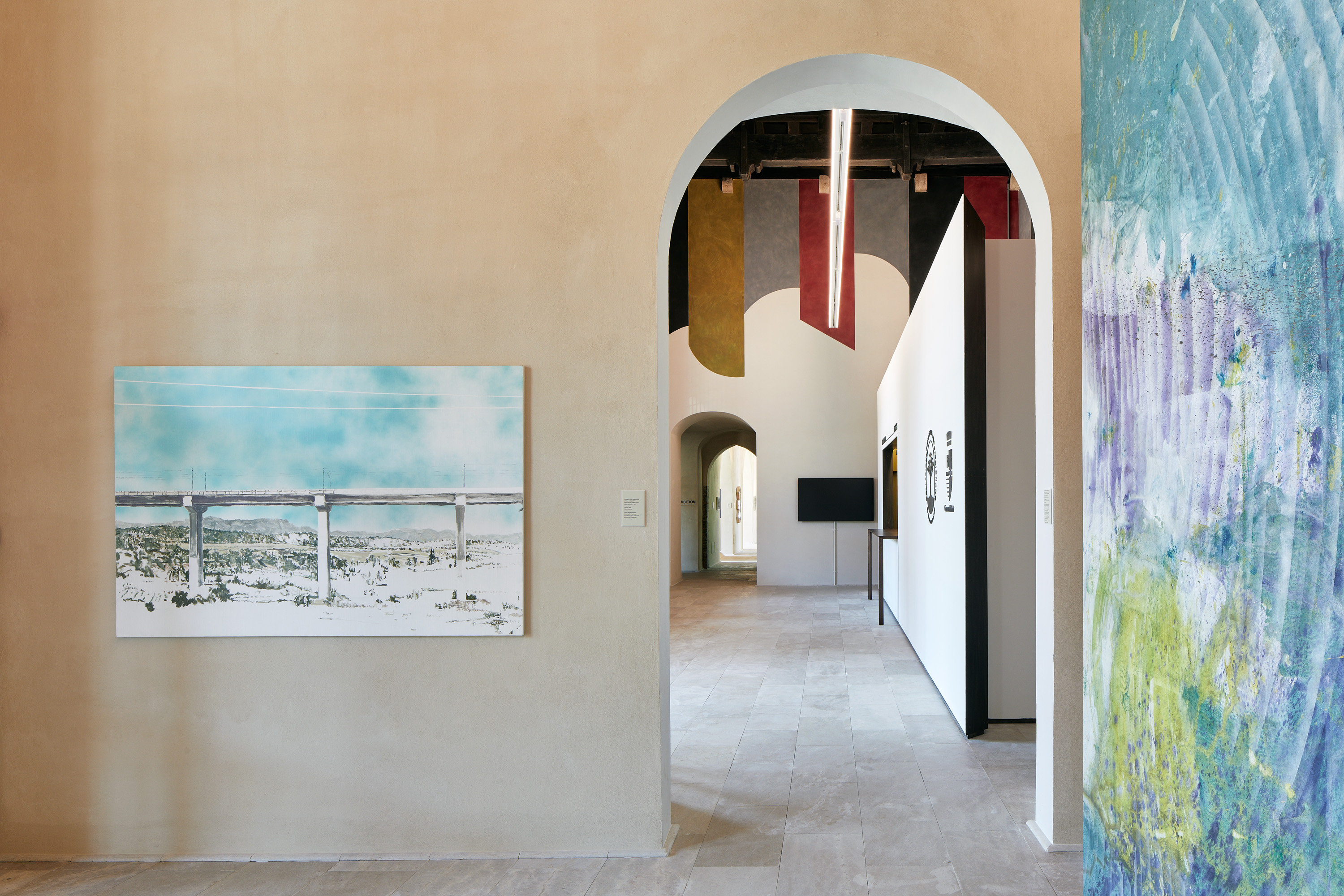
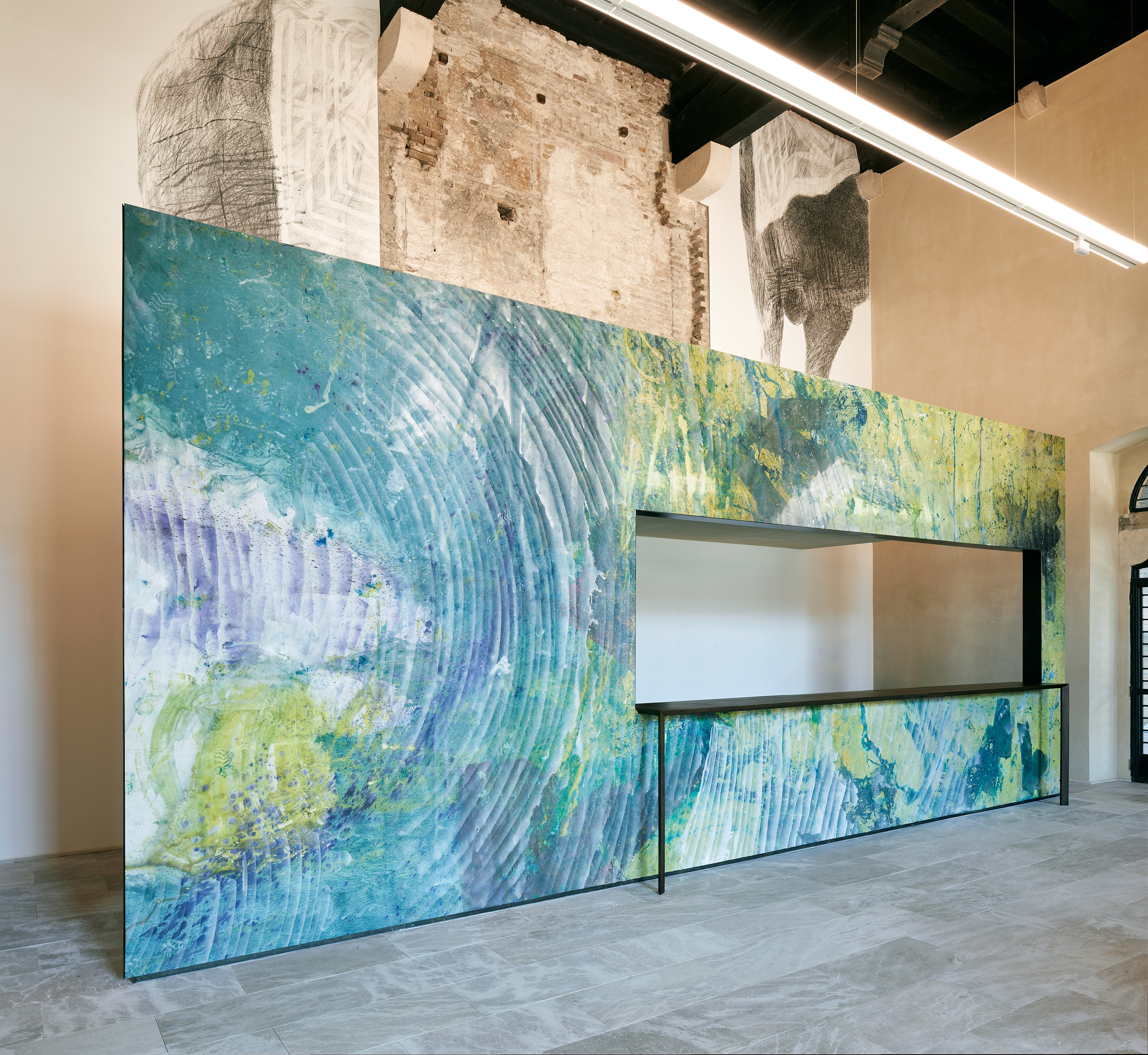

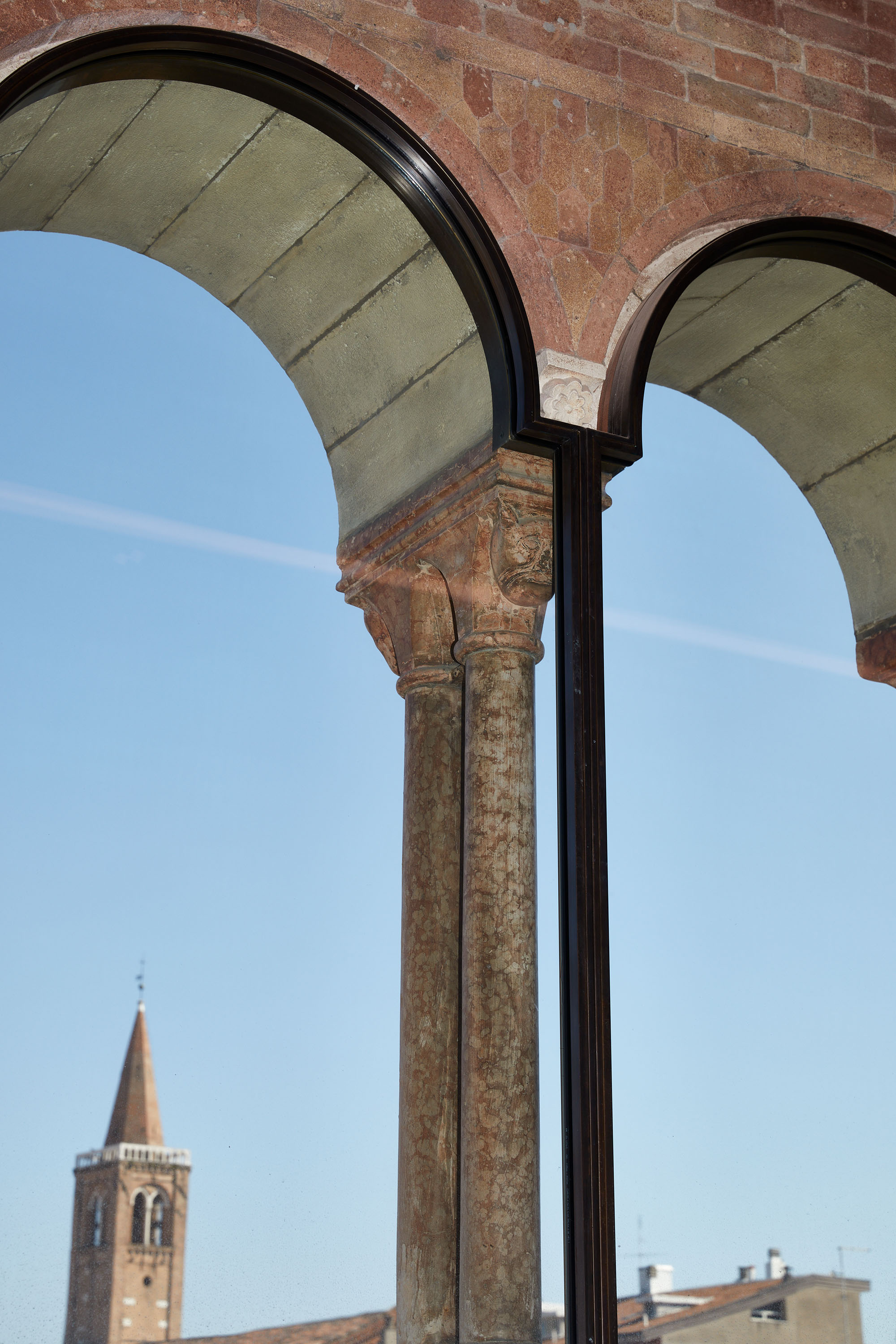
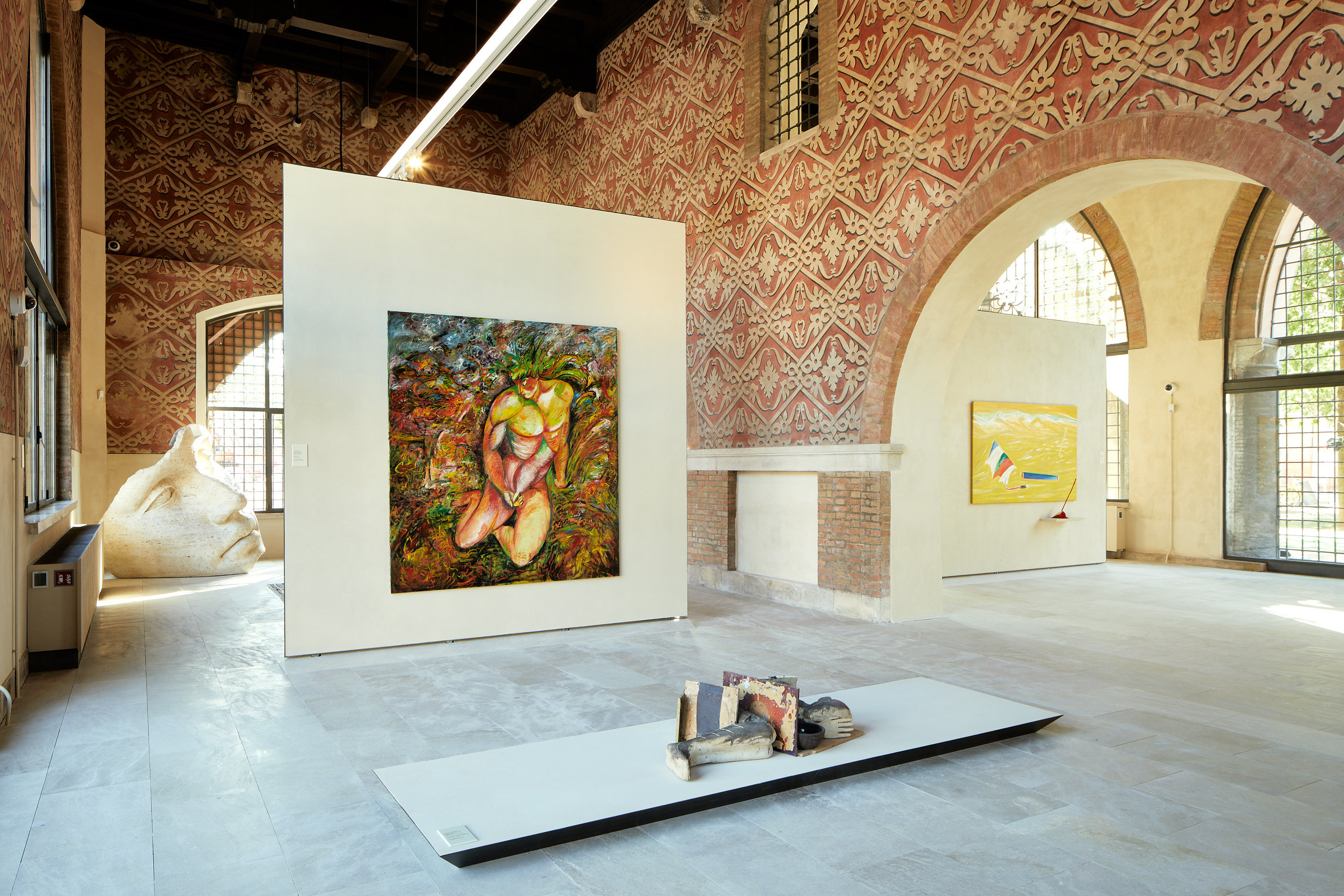
INFORMATION
Receive our daily digest of inspiration, escapism and design stories from around the world direct to your inbox.
-
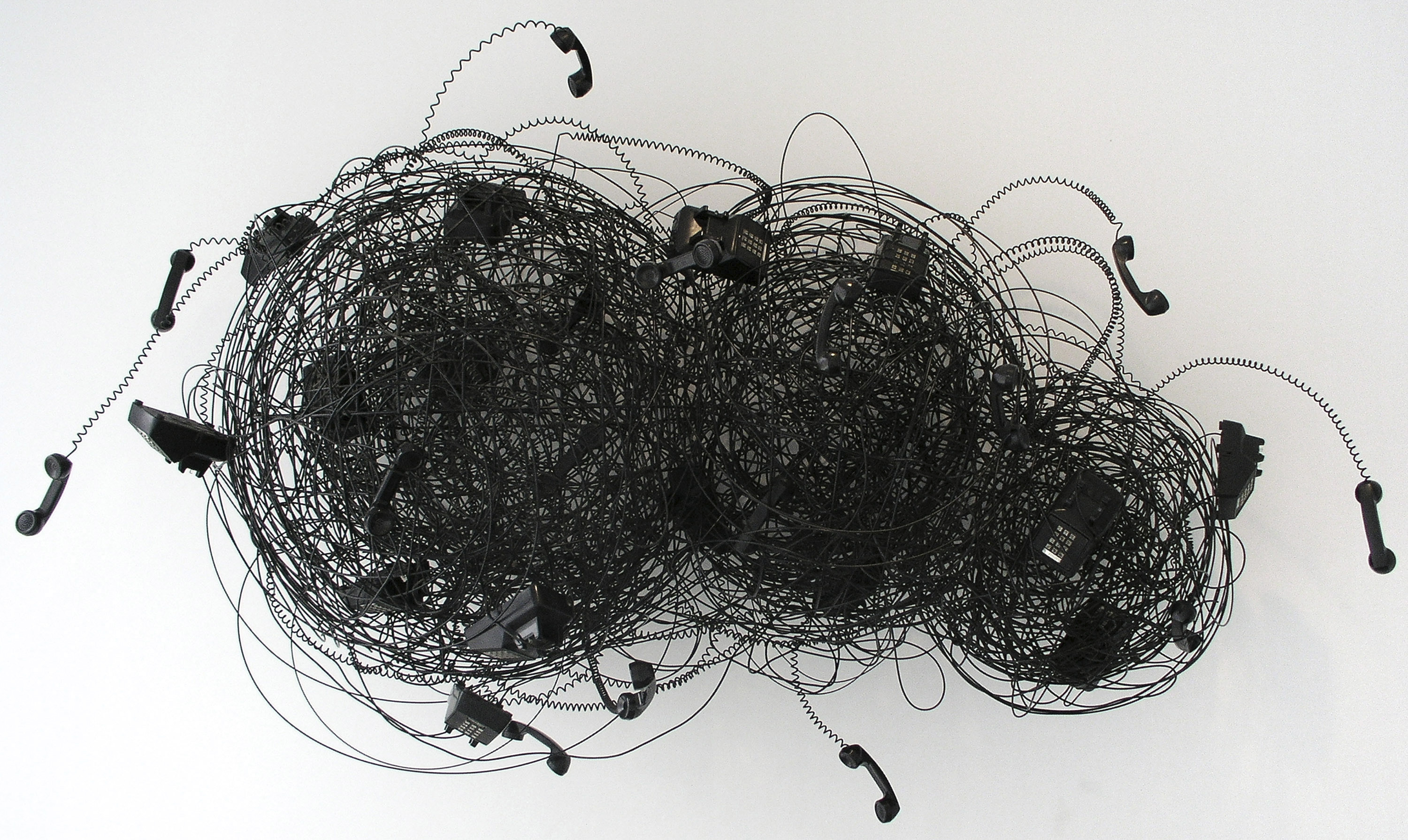 Robert Therrien's largest-ever museum show in Los Angeles is enduringly appealing
Robert Therrien's largest-ever museum show in Los Angeles is enduringly appealing'This is a Story' at The Broad unites 120 of Robert Therrien's sculptures, paintings and works on paper
-
 The Wallpaper* style team recall their personal style moments of 2025
The Wallpaper* style team recall their personal style moments of 2025In a landmark year for fashion, the Wallpaper* style editors found joy in the new – from Matthieu Blazy’s Chanel debut to a clean slate at Jil Sander
-
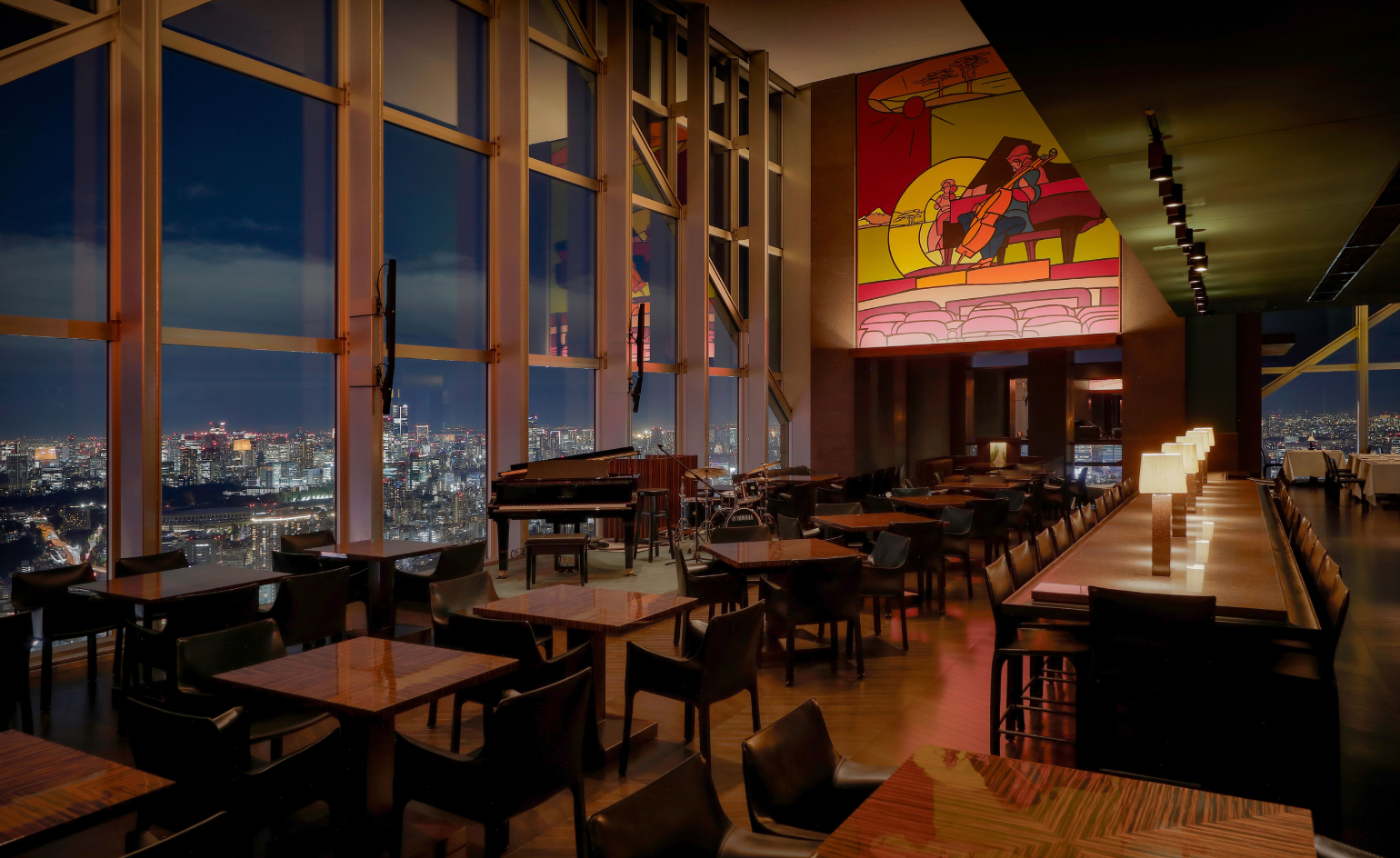 Tokyo’s most cinematic stay reopens as an exercise in architectural self-control
Tokyo’s most cinematic stay reopens as an exercise in architectural self-controlPark Hyatt Tokyo and Studio Jouin Manku demonstrate how design can evolve without erasing memory, balancing modernist heritage with contemporary comfort
-
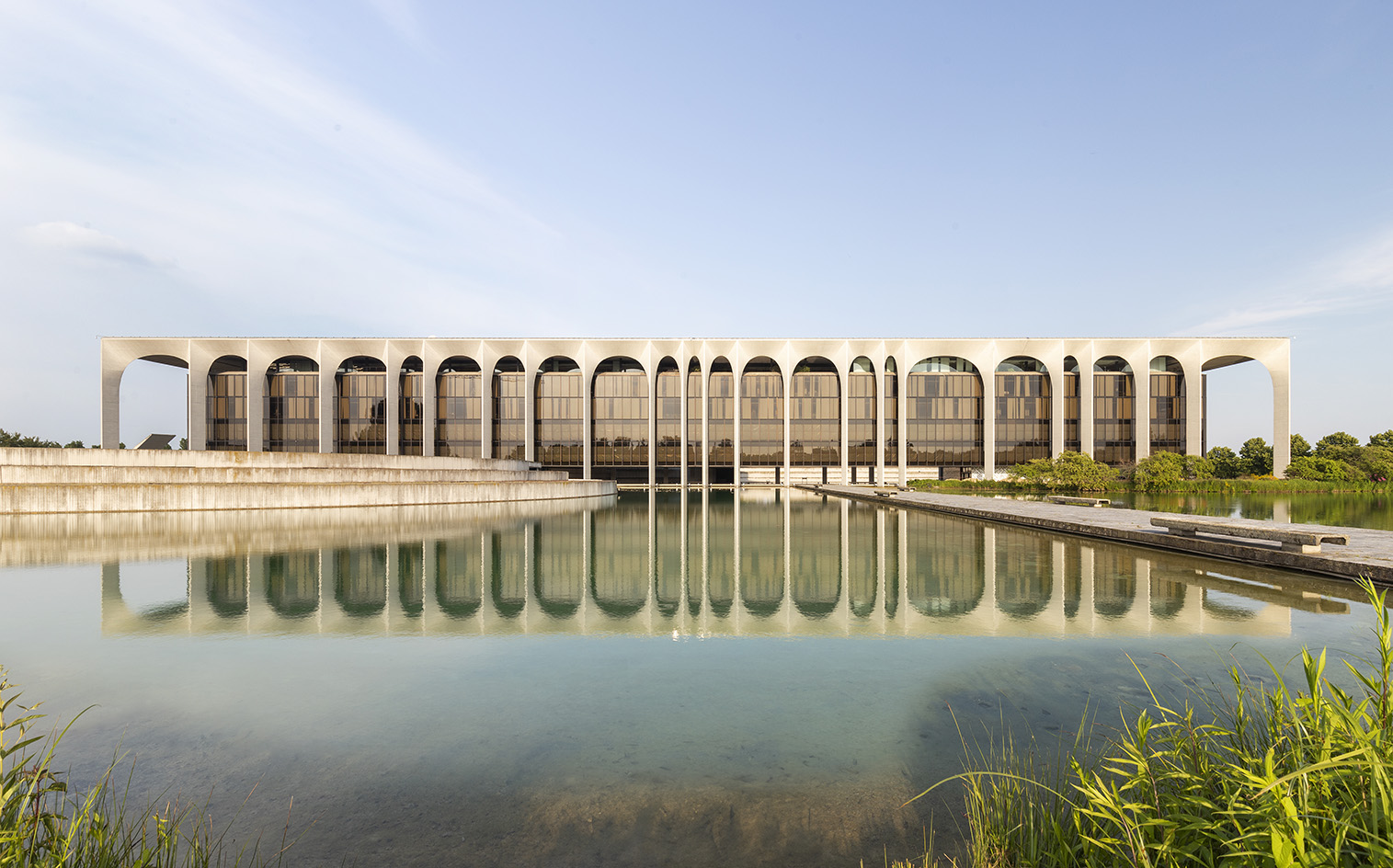 Modernist Palazzo Mondadori’s workspace gets a playful Carlo Ratti refresh
Modernist Palazzo Mondadori’s workspace gets a playful Carlo Ratti refreshArchitect Carlo Ratti reimagines the offices in Palazzo Mondadori, the seminal work by Brazilian master Oscar Niemeyer in Milan
-
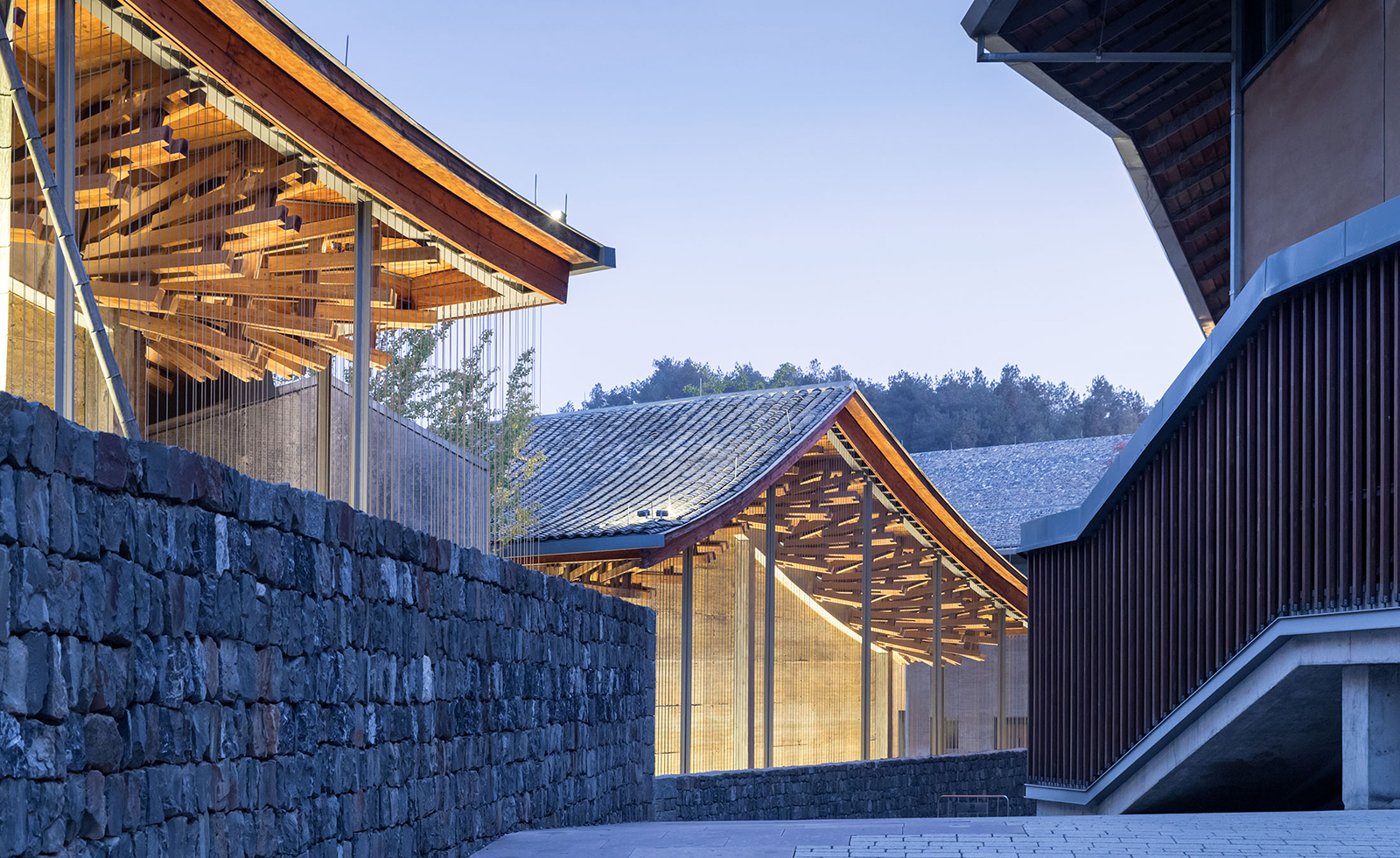 Wang Shu and Lu Wenyu to curate the 2027 Venice Architecture Biennale
Wang Shu and Lu Wenyu to curate the 2027 Venice Architecture BiennaleChinese architects Wang Shu and Lu Wenyu have been revealed as the curators of the 2027 Venice Architecture Biennale
-
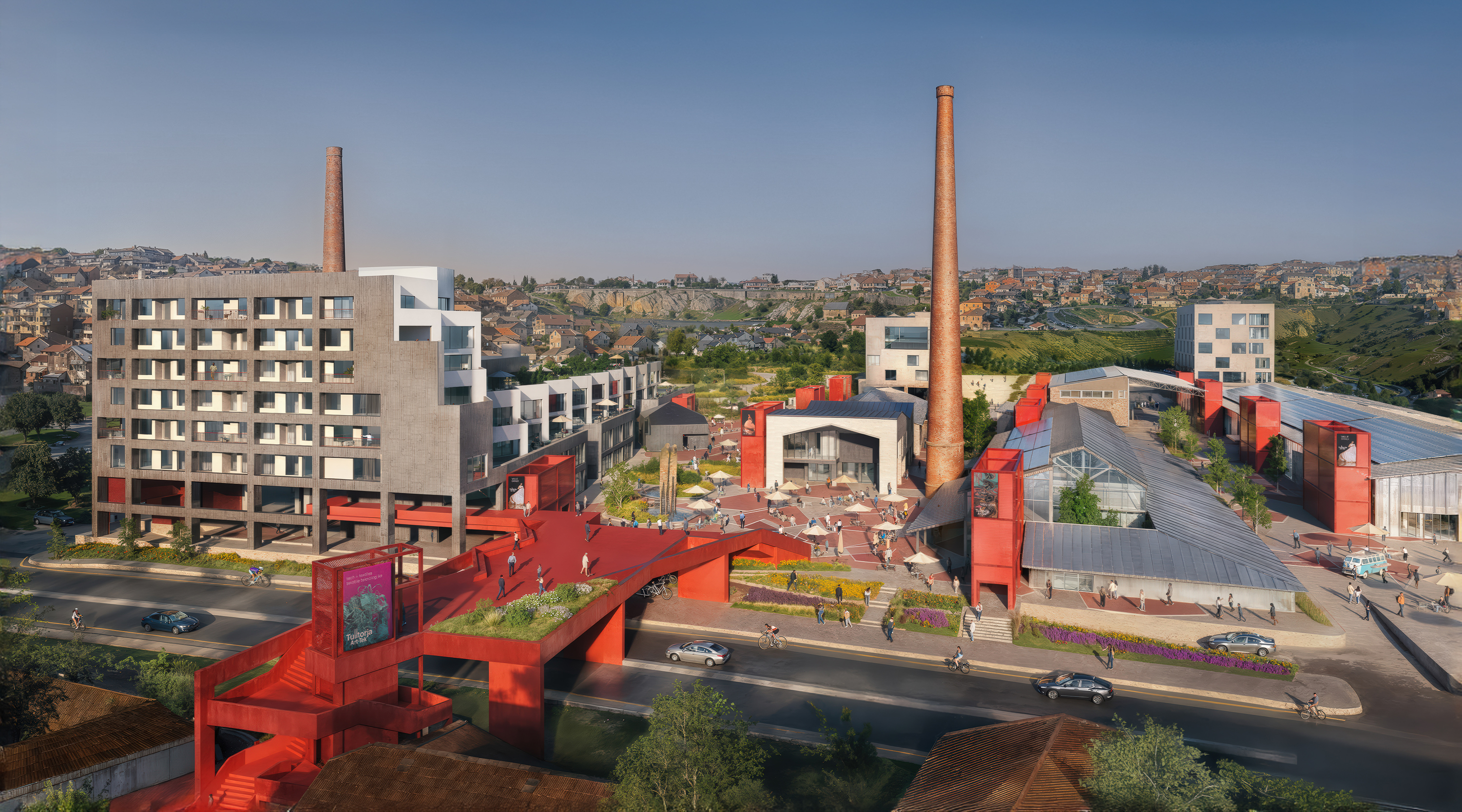 At the Holcim Foundation Forum and its Grand Prizes, sustainability is both urgent and hopeful
At the Holcim Foundation Forum and its Grand Prizes, sustainability is both urgent and hopefulThe Holcim Foundation Forum just took place in Venice, culminating in the announcement of the organisation's Grand Prizes, the projects especially honoured among 20 previously announced winning designs
-
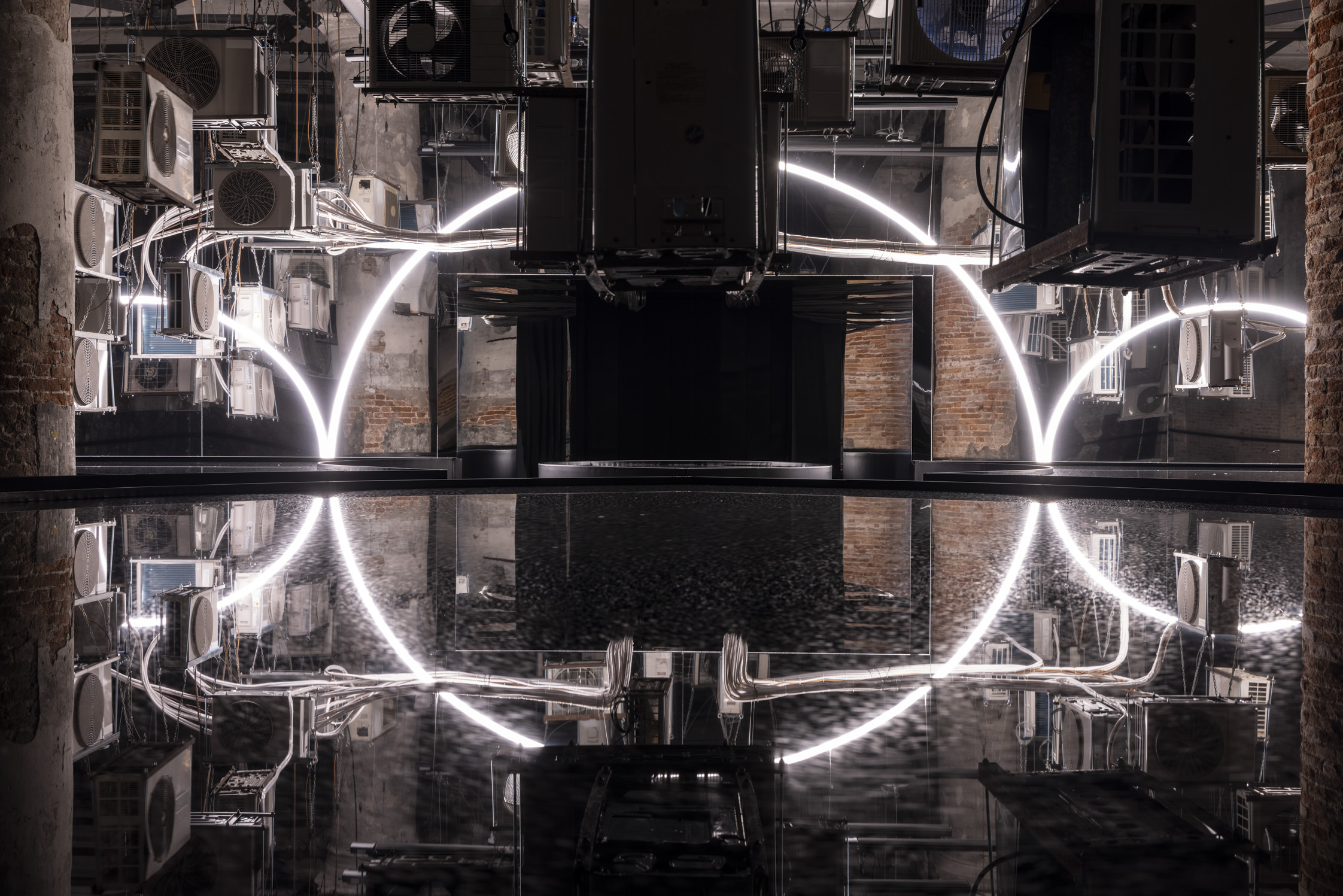 Carlo Ratti reflects on his bold Venice Architecture Biennale as it closes this weekend
Carlo Ratti reflects on his bold Venice Architecture Biennale as it closes this weekendThe Venice Architecture Biennale opens with excitement and fanfare every two years; as the 2025 edition draws to a close, we take stock with its curator Carlo Ratti and ask him, what next?
-
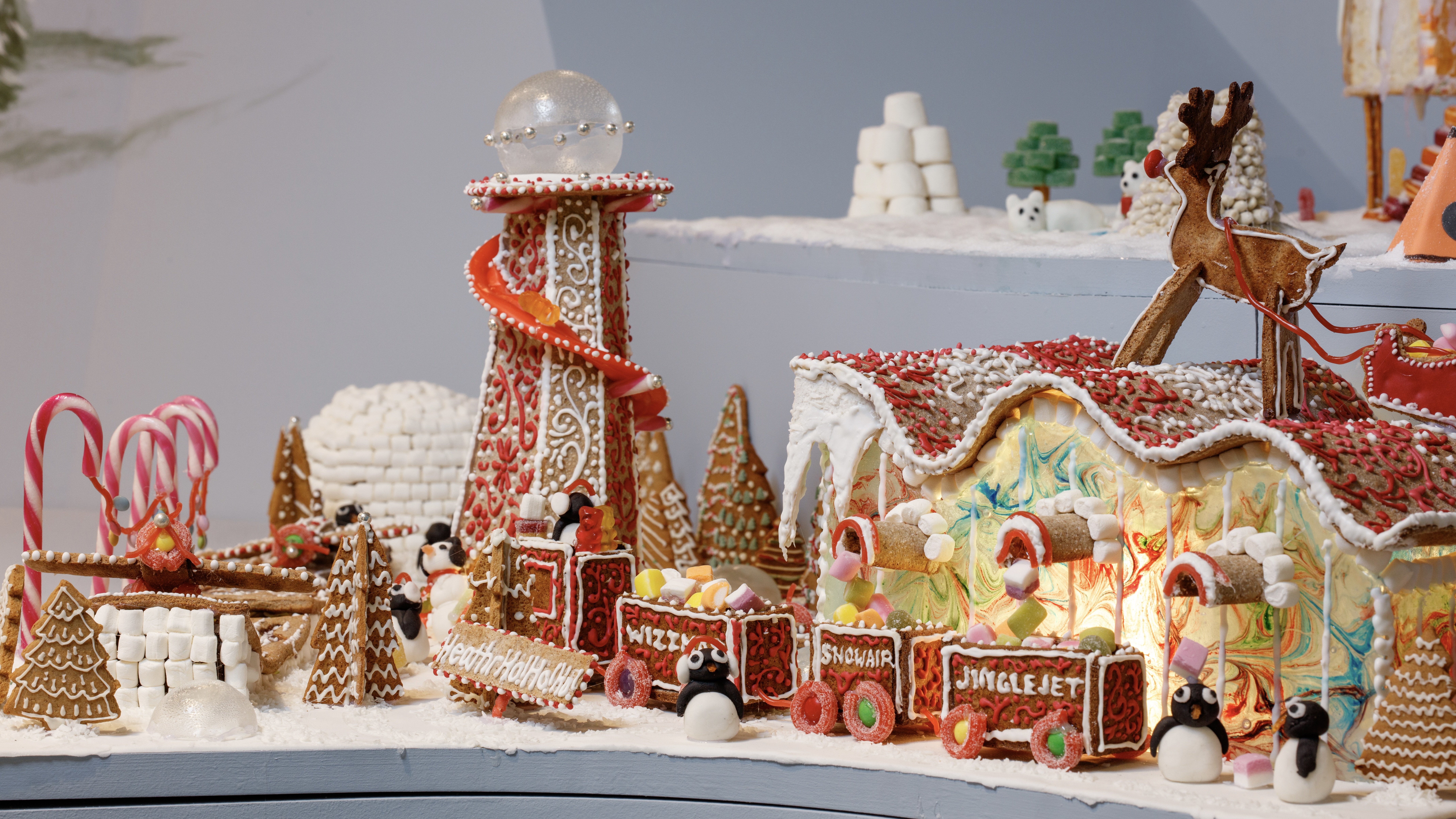 Welcome to The Gingerbread City – a baked metropolis exploring the idea of urban ‘play’
Welcome to The Gingerbread City – a baked metropolis exploring the idea of urban ‘play’The Museum of Architecture’s annual exhibition challenges professionals to construct an imaginary, interactive city entirely out of gingerbread
-
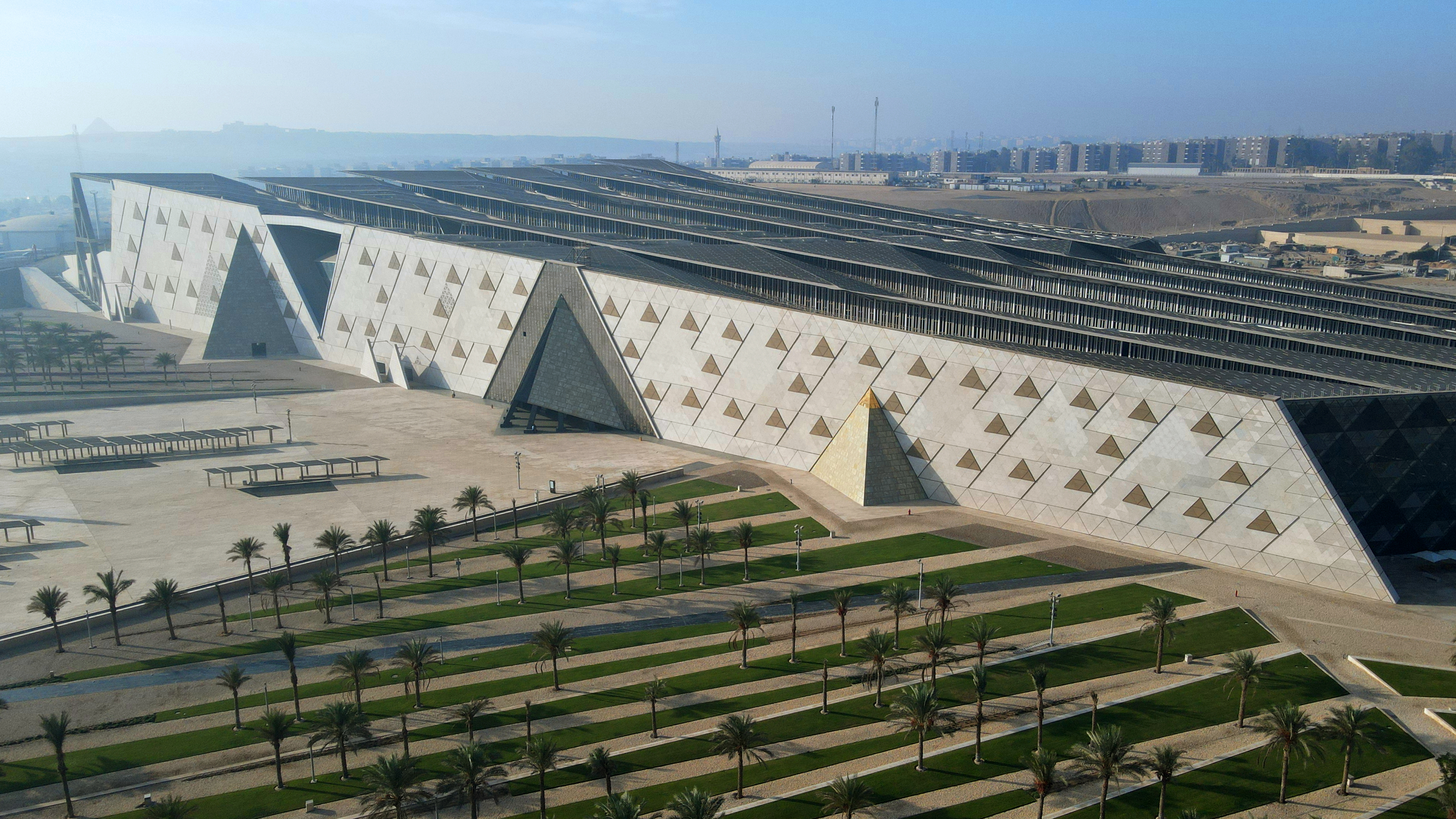 The Grand Egyptian Museum – a monumental tribute to one of humanity’s most captivating civilisations – is now complete
The Grand Egyptian Museum – a monumental tribute to one of humanity’s most captivating civilisations – is now completeDesigned by Heneghan Peng Architects, the museum stands as an architectural link between past and present on the timeless sands of Giza
-
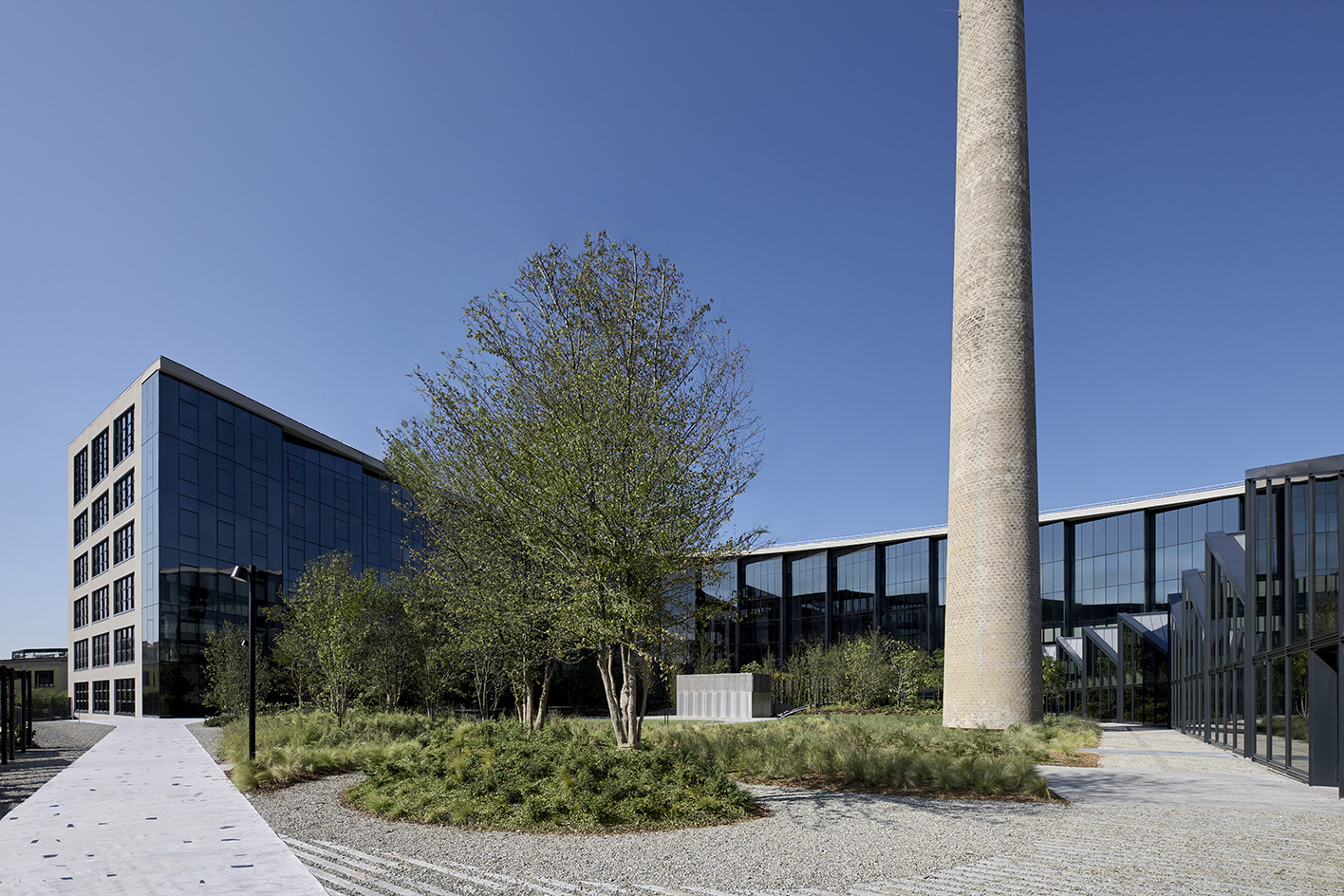 Step inside Casa Moncler, the brand’s sustainable and highly creative Milanese HQ
Step inside Casa Moncler, the brand’s sustainable and highly creative Milanese HQCasa Moncler opens its doors in a masterfully reimagined Milanese industrial site, blending modern minimalism and heritage, courtesy of ACPV Architects Antonio Citterio Patricia Viel
-
 Aldo Frattini Bivouac is a mountain shelter, but not as you know it
Aldo Frattini Bivouac is a mountain shelter, but not as you know itA new mountain shelter on the northern Italian pre-Alp region of Val Seriana, Aldo Frattini Bivouac is an experimental and aesthetically rich, compact piece of architecture